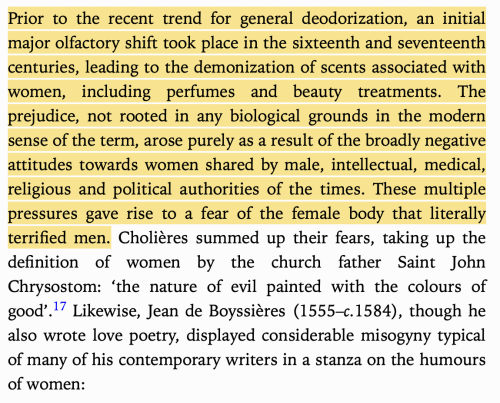The Amphidromia Was Held About A Week After The Birth. This Was The Ritual Cleansing Of The Mother And
“The amphidromia was held about a week after the birth. This was the ritual cleansing of the mother and any member of the family who had come in contact with her during her labour. Once purified, she could return to her normal duties as a wife. It also marked the formal acceptance of the baby into the family. The father carried the baby symbolically around the hearth, and from this point it became illegal for the family to reject the child.
A banquet was held ten days after the birth. The family brought presents for the baby, including amulets which were hung around the neck as protection against evil. The father now announced the baby’s name. A boy was usually given the name of his paternal grandfather. His full name would consist of his given name, his father’s name, his deme (the local subdivision of his tribe) and occasionally also his tribe itself. The philosopher Socrates’ full name was Socrates son of Sophronicus of the Alopece deme. He was of the Antiochid tribe.
Poor women had to care for their own children, but if a couple were reasonably well off they might have two or three slaves, one of whom might be an experienced nurse. So the mother would have been spared the more arduous chores of motherhood. The baby would probably have been breastfed by the nurse.
Athenian vase paintings show babies sitting in a type of high chair. One was found during the Agora excavations. It was made of terracotta and had a hole in the middle of the seat so that a chamber pot could be placed underneath it (babies’ nappies were not used). …The young child would have learned nursery rhymes from its mother. If she was educated she might have read stories such as Aesop’s fables. Socrates could still remember these in his death cell at the age of seventy.
Many toys have been found in excavations. Rattles and balls were very popular. Vase paintings show children playing in chariots. Many dolls have been found. These were usually made of terracotta, with articulated arms and legs. Terracotta dolls of course are more likely to survive than those made of wood or cloth. As children grew older they would have learned to play knucklebones and dice. There were also team games. A bas-relief in the Athens Archaeological Museum shows boys playing a game very similar to hockey.”
- Peter Connolly and Hazel Dodge, The Ancient City: Life in Classical Athens & Rome
-
 esmeraude11 reblogged this · 3 years ago
esmeraude11 reblogged this · 3 years ago -
 mikrokoritsi reblogged this · 3 years ago
mikrokoritsi reblogged this · 3 years ago -
 mikrokoritsi liked this · 3 years ago
mikrokoritsi liked this · 3 years ago -
 gemmamelon liked this · 3 years ago
gemmamelon liked this · 3 years ago -
 ebruprlk liked this · 3 years ago
ebruprlk liked this · 3 years ago -
 meaningfulpatterns reblogged this · 3 years ago
meaningfulpatterns reblogged this · 3 years ago -
 archaeogyrl liked this · 3 years ago
archaeogyrl liked this · 3 years ago -
 dillyfirestarter liked this · 3 years ago
dillyfirestarter liked this · 3 years ago -
 two-sugars-pls liked this · 3 years ago
two-sugars-pls liked this · 3 years ago -
 conniecorleone liked this · 3 years ago
conniecorleone liked this · 3 years ago -
 akasawablog reblogged this · 3 years ago
akasawablog reblogged this · 3 years ago -
 akasawablog liked this · 3 years ago
akasawablog liked this · 3 years ago -
 eldritchconstellations reblogged this · 3 years ago
eldritchconstellations reblogged this · 3 years ago -
 eldritchconstellations liked this · 3 years ago
eldritchconstellations liked this · 3 years ago
More Posts from Akasawablog

great lines to use for picking up men at clubs




Robert Muchembled, excerpt from Smells: A Cultural History of Odours in Early Modern Times
women screaming in music is so soothing 2 me i wish they did it more often


